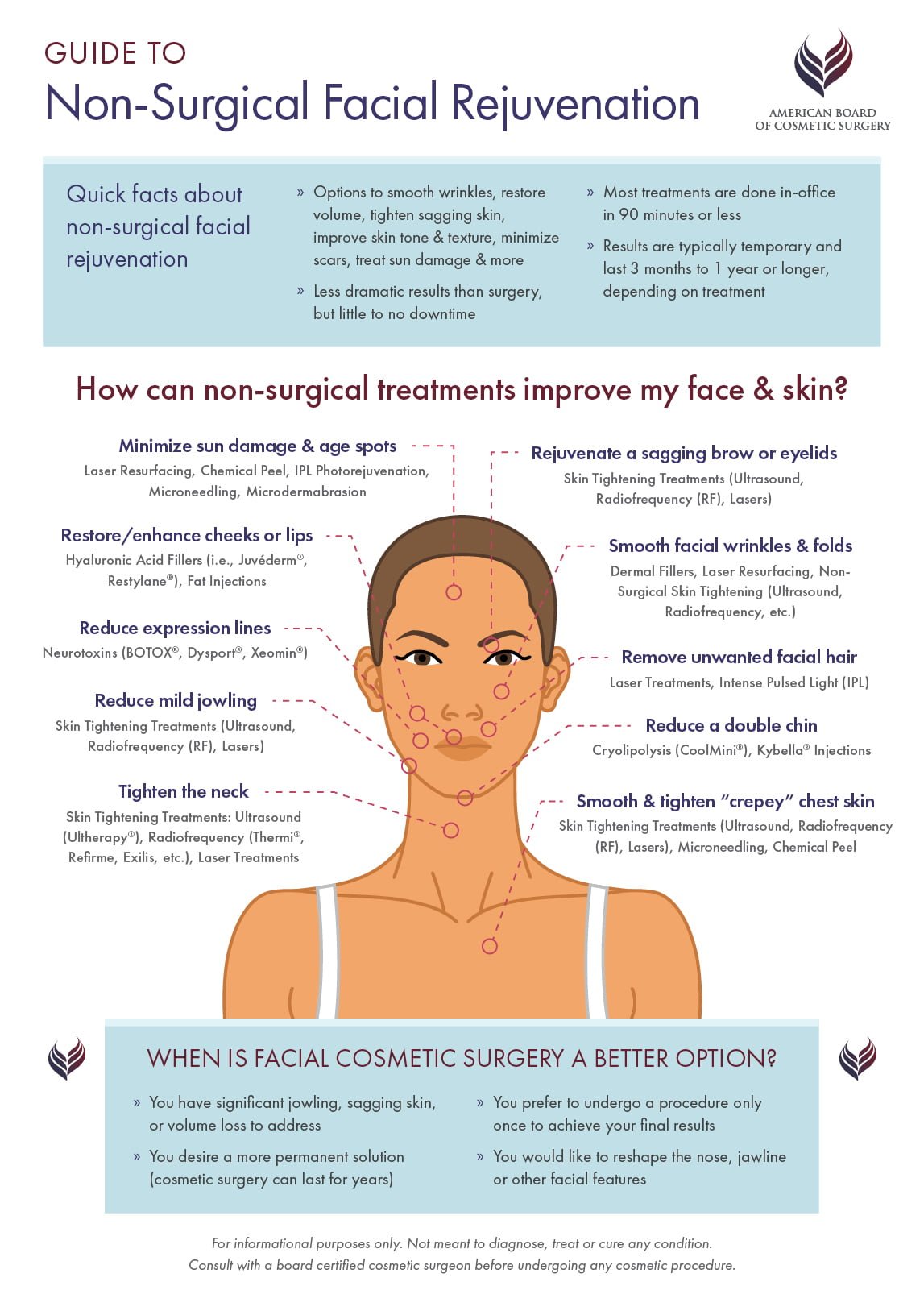Final 90 Keywords
Final 90 Keywords
Blog Article
How Does Photodynamic Therapy (PDT) Job?
Photodynamic therapy (PDT) incorporates a light-sensitive medicine with unique light to kill malignant and precancerous cells. Your doctor places the drug on your skin or inside your eye and afterwards shines a light on the therapy area.
This mix eliminates malignant cells and spares healthy tissue. Yale Medication pulmonologist George Eapen, M.D., describes exactly how this works.
The Photosensitizer
Photodynamic therapy (PDT) uses a mix of light and a medication called a photosensitizer to eliminate cancerous or precancerous cells and spare healthy cells. You obtain an injection of the photosensitizer, which is then activated by light in your body. The photosensitizer is absorbed by both healthy and balanced and malignant cells however isn't harmful till it is turned on by the light.
Light-absorbing particles, referred to as photosensitizers, are discovered in plants and animals, including human beings. There are many photosensitizers, yet a lot of have the ability to take in a specific range of light wavelengths.
As soon as the photosensitizer is revealed to a light with a matching spooky variety, it's converted from its ground state into a thrilled singlet state. This enables it to move power to molecular oxygen, producing singlet oxygen and free radicals that moderate mobile poisoning.
The Light
Throughout therapy, a special light is shined on the location where the photosensitizer was applied. This light activates the medicine and ruins cancer cells or precancerous cells that it has targeted.
The drugs that are made use of in photodynamic therapy have different absorption properties and several of them may take hours to leave normal cells yet stay much longer in cancer cells or precancer cells. This process permits the physician to target cancer cells more specifically than other types of therapies that use noticeable light, such as lasers or electrocautery [54]
Photodynamic therapy can treat the earliest areas of sun damages referred to as actinic keratosis and can decrease skin cancer cells development in individuals at high danger for developing the problem. It is also an alternative for some clients with damp lip lift near me type age-related macular deterioration, which is a typical cause of loss of central vision in older grownups. It can not bring back the loss of vision caused by this condition, however it can slow down the development of unusual capillary growth that creates wet AMD.
The Activation
Photodynamic treatment (PDT) utilizes a drug and light to treat cancer cells and other skin disease. It targets precancerous cells and eliminates them. Unlike other cancer cells treatments that shed and destroy, this therapy kills precancerous cells while saving healthy and balanced tissue.
The photosensitizer is supplied into the skin via topical, oral or intravenous management. It is absorbed by the lump cells and activated when revealed to light of a particular wavelength. This causes a sequence of photochemical responses that generates reactive oxygen varieties (ROS) that damage lump tissue and eliminate cancer cells.
PDT is most often utilized to deal with actinic keratoses and in situ squamous cell cancer (Bowen disease). It can likewise be made use of to treat various other types of skin cancer cells, consisting of shallow basic cell carcinoma. It can be utilized alone or with various other treatments, such as surgical procedure or radiation. It can even diminish lumps in the lungs, enabling surgical procedure or other treatment to be secure and effective.
The Therapy
PDT functions best in little abnormal areas of cells that a light source can reach, such as the skin, eyes, mouth or food pipeline (oesophagus) and lungs. It is additionally used to deal with precancerous developments, such as actinic keratoses, which are sun-damaged cells that can become cancer cells.
Medical professionals administer the photosensitizer as a lotion or shot, and then radiate a light on the treatment area. The light ruins the uncommon cells. While healthy and balanced cells soak up the photosensitizer, it stays much longer in malignant cells.
After the procedure, your body normally disposes of the dead cells. Clients with lung cancer cells might experience coughing up blood or have a bronchoscopy to get rid of the lungs of the dead cells. In some cases, your physicians might make use of a bronchoscopy to remove the photosensitizer from the lungs also if it creates significant symptoms. It is very important to remain indoors and utilize sun block when you go outside while the photosensitizer is in your system.